The beauty of Dong Son ancient village is not only its antiquity and pure agriculture but also creates the simplicity and peace of a Northern village.
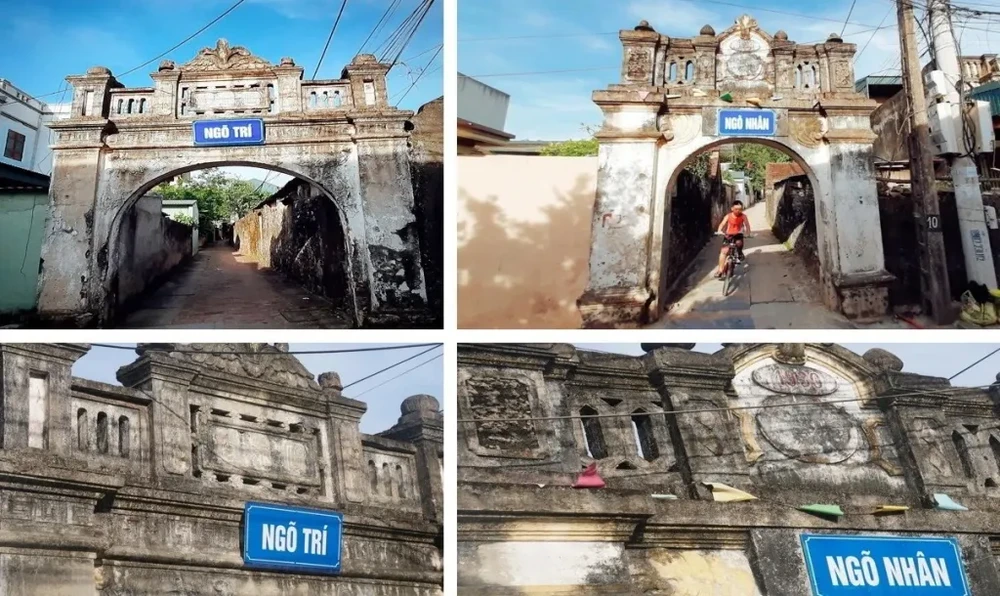
Located 3km from the city center, Dong Son Ancient Village in Ham Rong Ward, Thanh Hoa City is a village thousands of years old, associated with the famous Dong Son culture.
Through the ups and downs of history, the devastation of war and time, Dong Son ancient village has basically preserved its material and cultural values with the characteristics of a North Central Vietnamese village.
Dong Son Ancient Village: Ancient and Simple Beauty
Dong Son ancient village in Thanh Hoa city, was voted as one of the 10 most beautiful ancient villages in Vietnam. The beauty of Dong Son ancient village is not only its antiquity and pure agriculture but also creates the simplicity and peace of a Northern countryside village.
Coming to Dong Son ancient village, visitors can feel the quiet space, simple life and meet the elderly who have enjoyed the ancient life for centuries.
The peaceful scenery with lotus ponds, water lilies and the fragrance from frangipani branches also make this ancient village a lovely and ideal destination in the heart of a busy and bustling city.
The special feature of Dong Son ancient village is the preservation of the ancient and traditional features of a traditional village through thousands of years of history.
Brick and stone walls and stone pavements are still preserved, bearing the ancient architectural identity.
This village has an area of about 4km2 and currently has about 330 households with more than 1,000 residents.
One of the special features that strongly represents the identity of Dong Son ancient village is the system of alleys named Nhan, Nghia, Tri, Dung. These alleys are not simply roads leading to houses, but also represent an important part of the culture and traditional values of the community here.
Nhan Alley is a symbol of kindness, love and mutual assistance. In Nhan Alley, the people of Dong Son ancient village value neighborly affection, always helping and sharing when necessary.
Nghia Alley represents loyalty, gratitude and respect for the traditional and historical values of the nation. This is also the alley of loyalty, where people live together with sincerity and honesty.
Tri Alley is the alley of knowledge and learning, reflecting the tradition of valuing education of the villagers. In Tri Alley, old stories are passed down, and the honoring of intellectuals, those who have contributed to the construction and development of the village, is always given special importance.
Dung Alley carries the spirit of heroes, brave people facing challenges. This is the alley of resilience, endurance and strength, demonstrating courage, endurance and the spirit to overcome difficulties in life.
These alleys not only reflect the morality and good qualities of the community but also contribute to creating a profound cultural and educational picture in every corner of Dong Son ancient village.
Every time passing through these alleys, visitors seem to be immersed in a space of historical and cultural values, helping them feel more clearly about a close-knit and loving society.
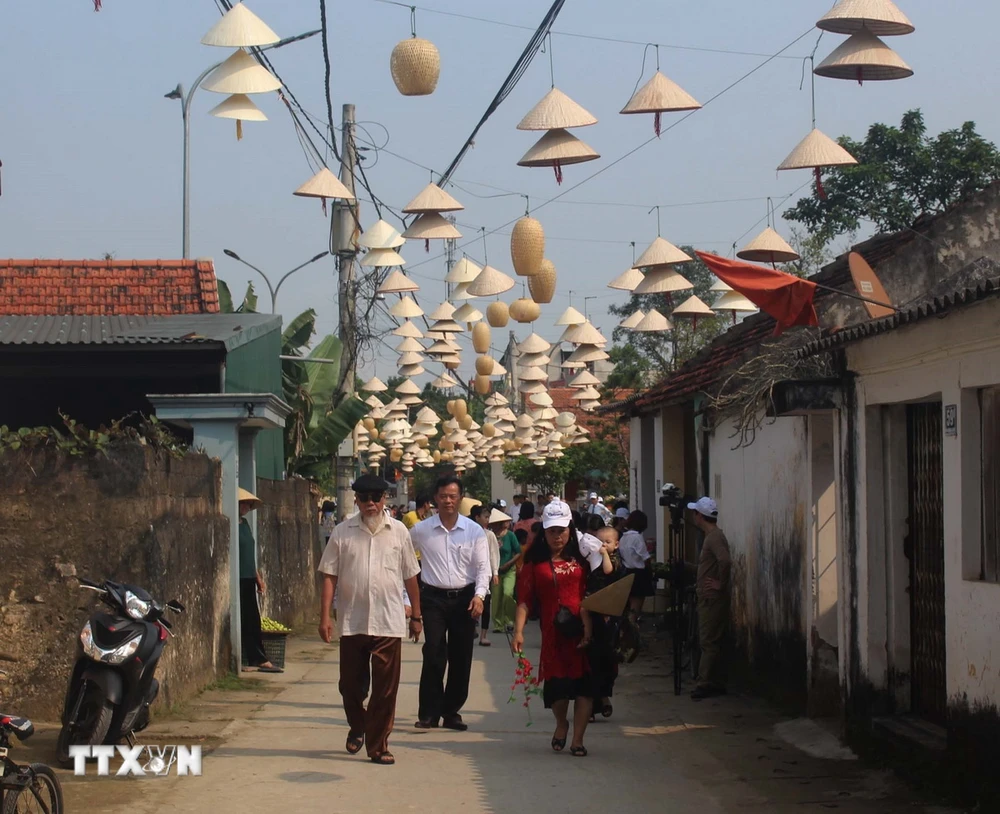
Tourists visit Dong Son ancient village. (Photo: Trinh Duy Hung/VNA)
History and valuable cultural relics
Dong Son ancient village attracts tourists not only because it is a tourist destination with beautiful scenery but also because it preserves valuable cultural and historical relics.
Notably, the 200-year-old wooden house of Mr. Luong Trong Due has typical 19th century architecture.
Because he was aware of the value of the house, Mr. Luong The Tap, son of Mr. Luong Trong Due and also the person assigned to take care of the house, constantly renovated, embellished and preserved it.
Besides, he also created spaces to display collections of decorative objects and production tools imbued with the Thanh countryside.
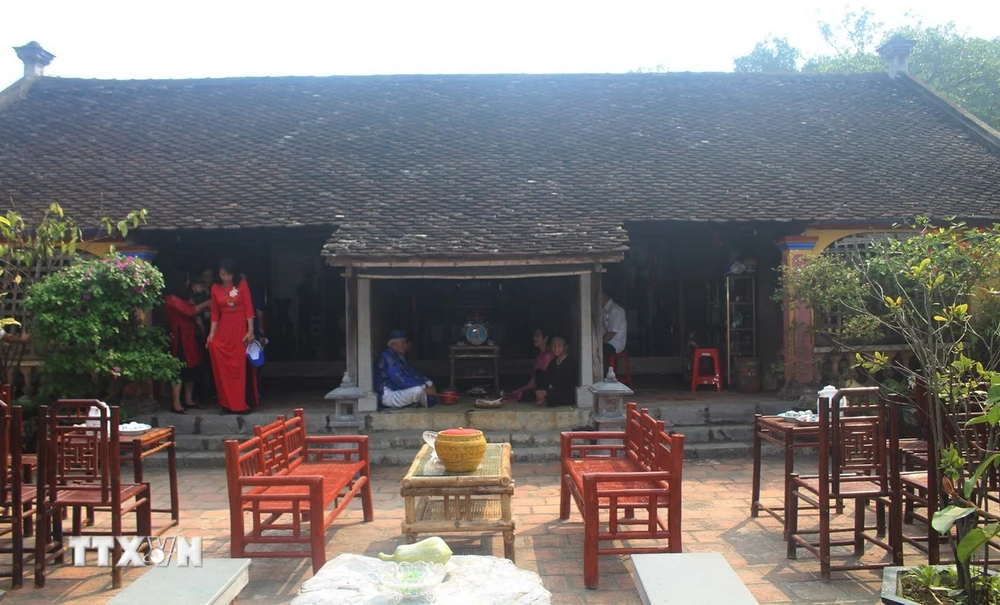
The ancient house of Mr. Luong Trong Due's family still retains many ancient features. (Photo: Trinh Duy Hung/VNA)
In addition, Dong Son ancient village is also famous for other historical relics such as the temple of the Second God Emperor Trinh The Loi, a figure who contributed to the establishment of Dong Son village and is revered by the villagers. This temple is located on the highest hill in the village, one of the important places of worship of the people here.
At the end of the village is Pham Thong pagoda, where there used to be a bronze statue of Buddha Shakyamuni, along with the large and airy Tien Son cave.
In addition, the more than 2,000-year-old ancient well in the village is also a tourist attraction, a testament to the long-lasting existence of Dong Son ancient village.
The village also possesses a rich cultural relic complex such as Ca Temple, Nhi Temple, Pham Thong Pagoda and Tien Son Cave, of which the temple of Saint Le Uy and Tran Khat Chan has been ranked as a national relic. These works are not only historical heritages but also evidence of the exchange between cultures through the ages.
Over time, we can see that the history of Dong Son ancient village is closely linked to the ups and downs of the history of Thanh Hoa land. Evidence from the underground of Dong Son ancient village such as agricultural tools, weapons, pottery, unique jewelry, etc. have marked the periods and dynasties in the history of the nation, proving the formation, continuous development and creativity of the Vietnamese people in Thanh Hoa land.
Dong Son ancient village in Thanh Hoa is not only a historical tourist destination but also a valuable cultural heritage of the nation. It is a clear demonstration of the development of Dong Son culture - one of the important prehistoric cultures of Vietnam.
With the preservation and maintenance of long-standing cultural values, Dong Son ancient village in Thanh Hoa is one of the attractive destinations for tourists who want to explore and learn about Vietnamese history and culture./.
Source: https://www.vietnamplus.vn/lang-co-dong-son-thanh-hoa-1-trong-10-lang-co-dep-nhat-viet-nam-post994674.vnp



![[Photo] President Luong Cuong attends special political-artistic television show "Golden Opportunity"](https://vstatic.vietnam.vn/vietnam/resource/IMAGE/2025/8/22/44ca13c28fa7476796f9aa3618ff74c4)
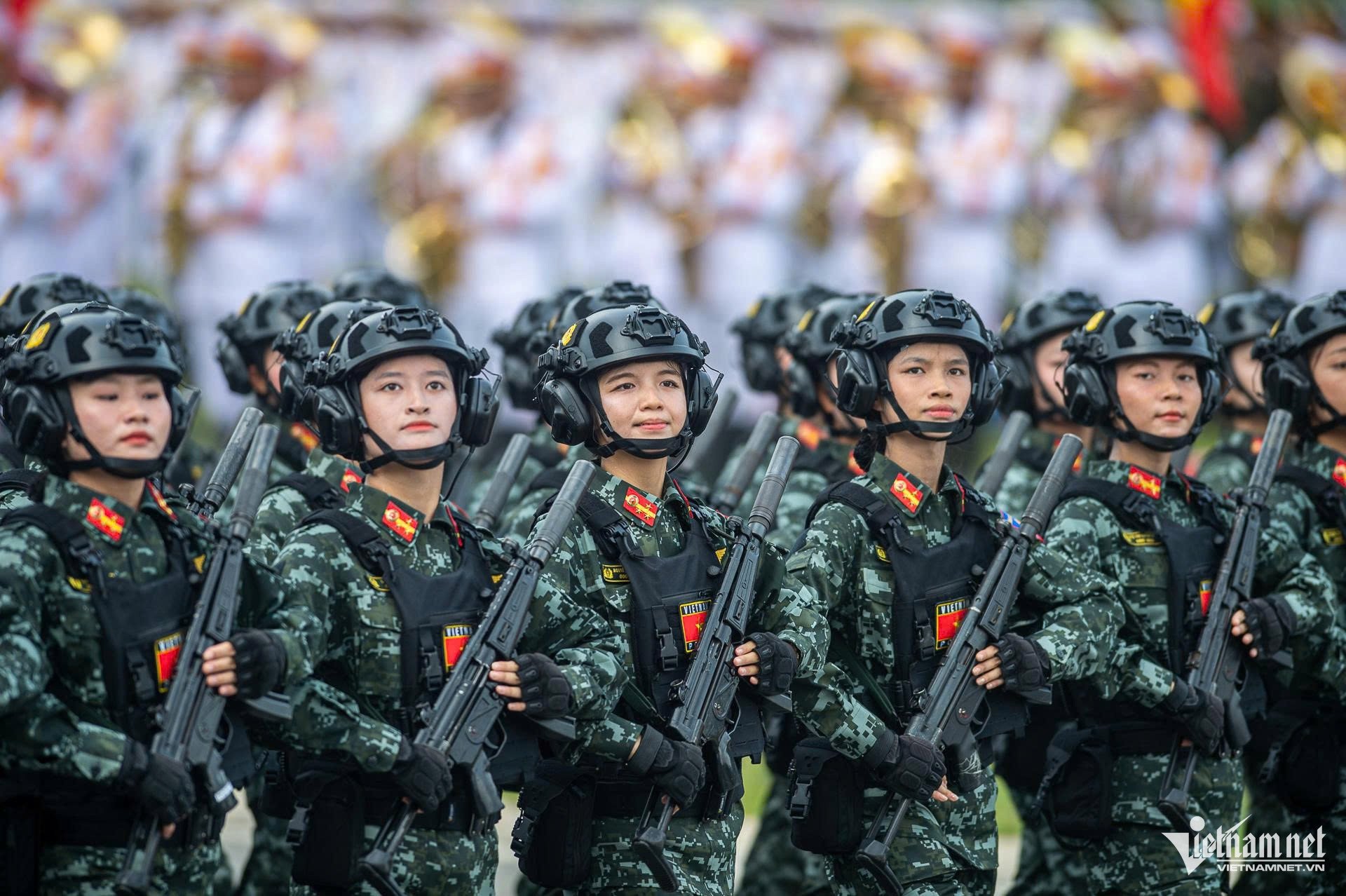


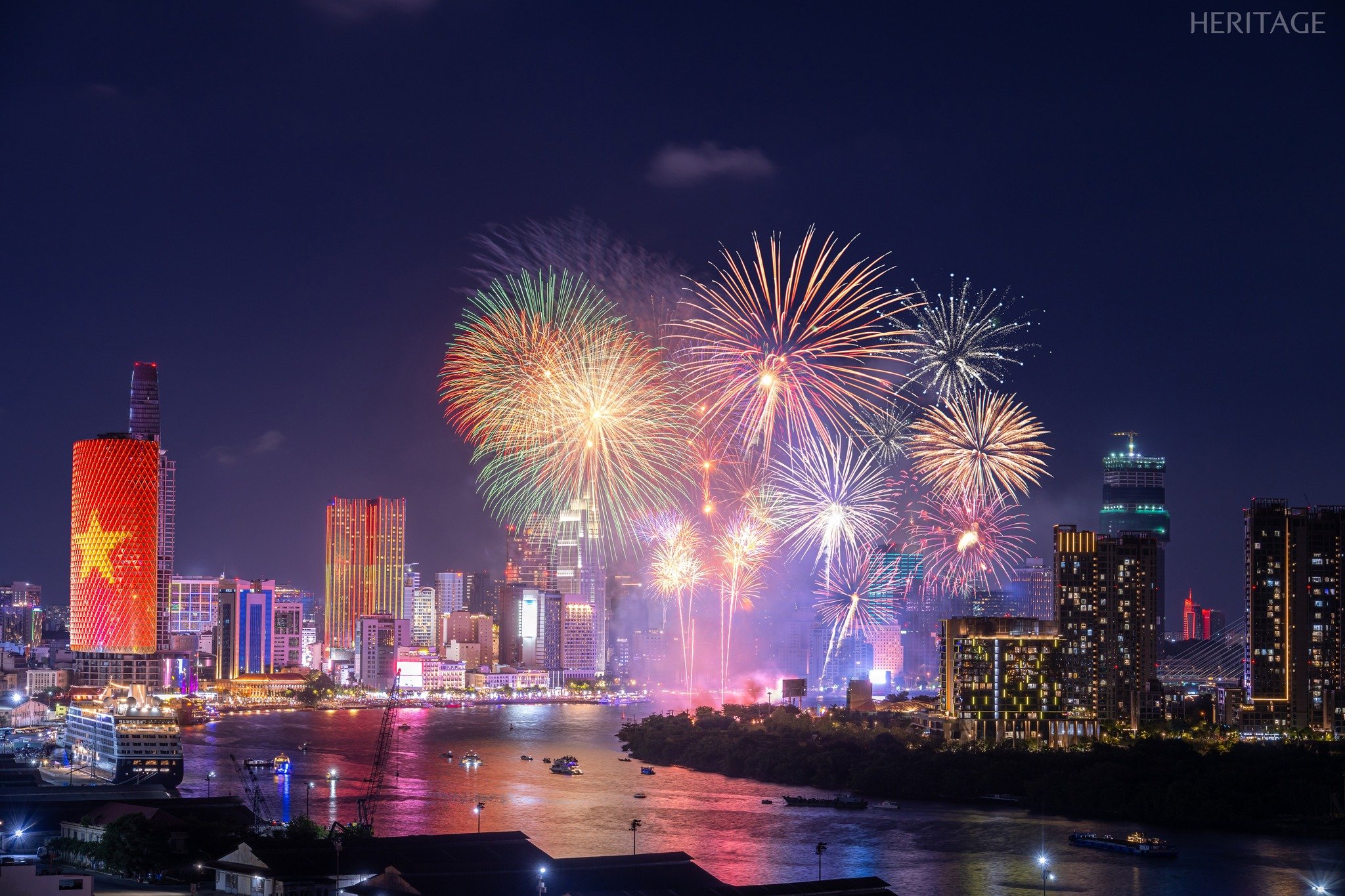

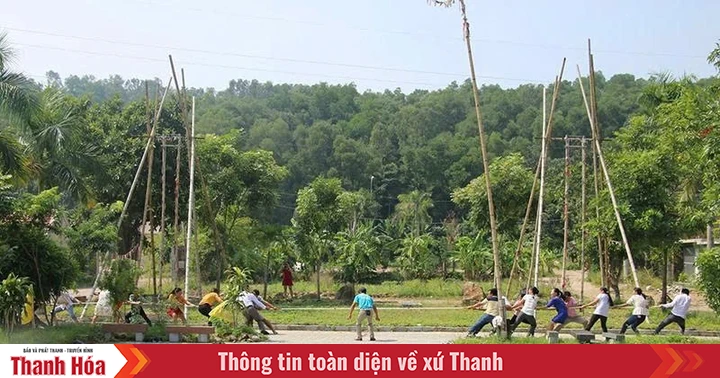

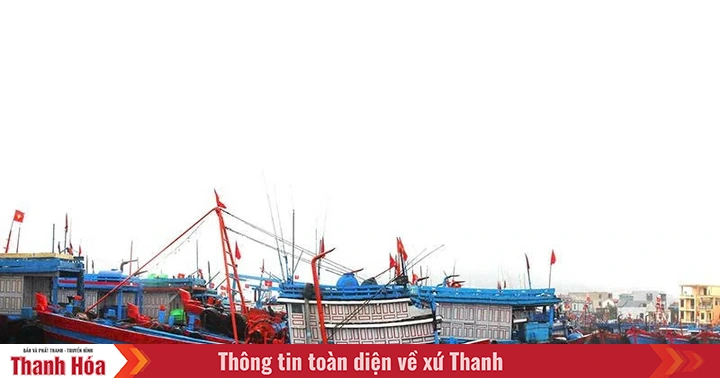

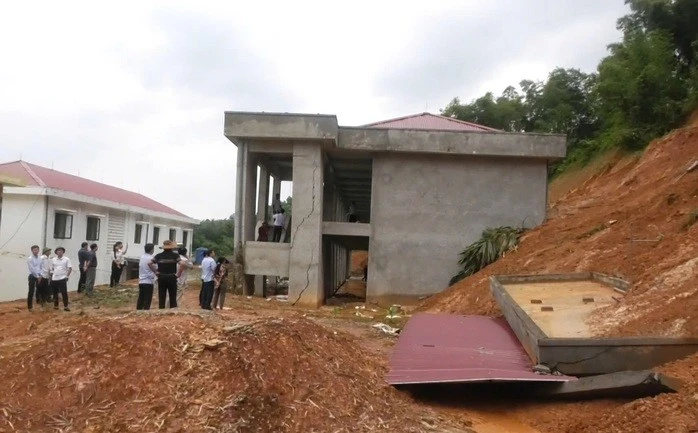

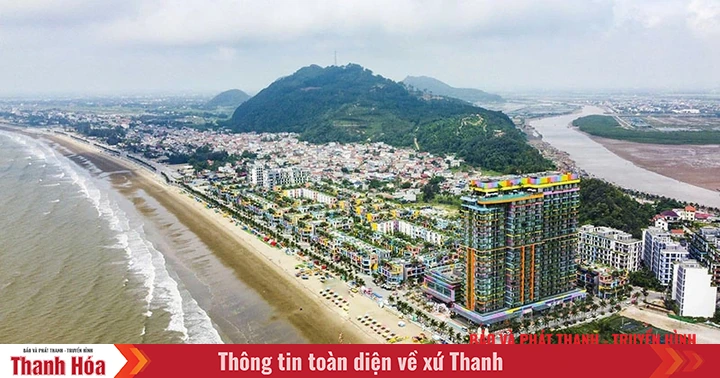
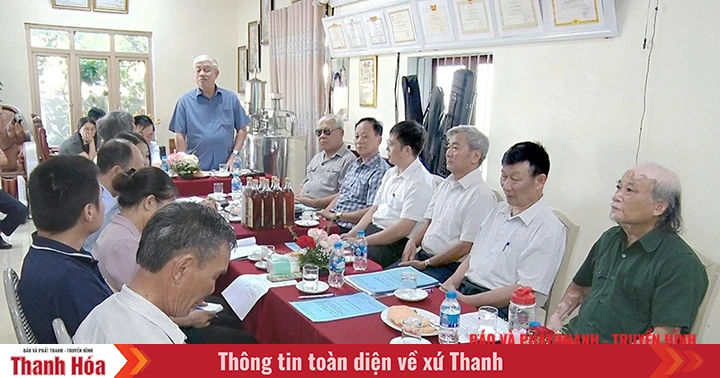
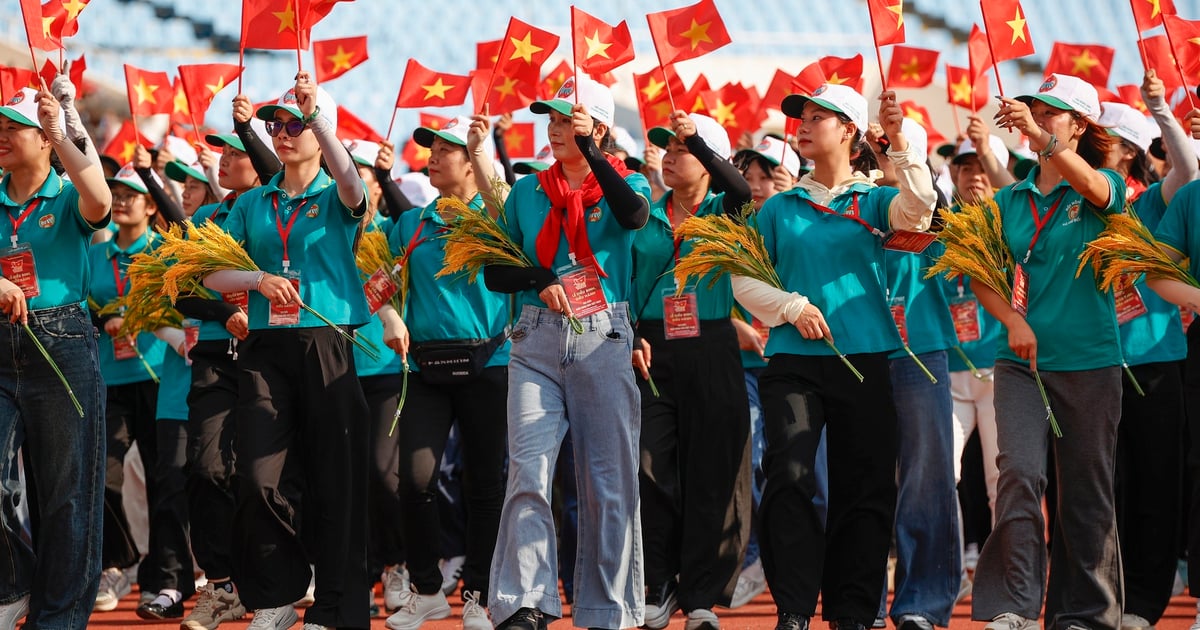

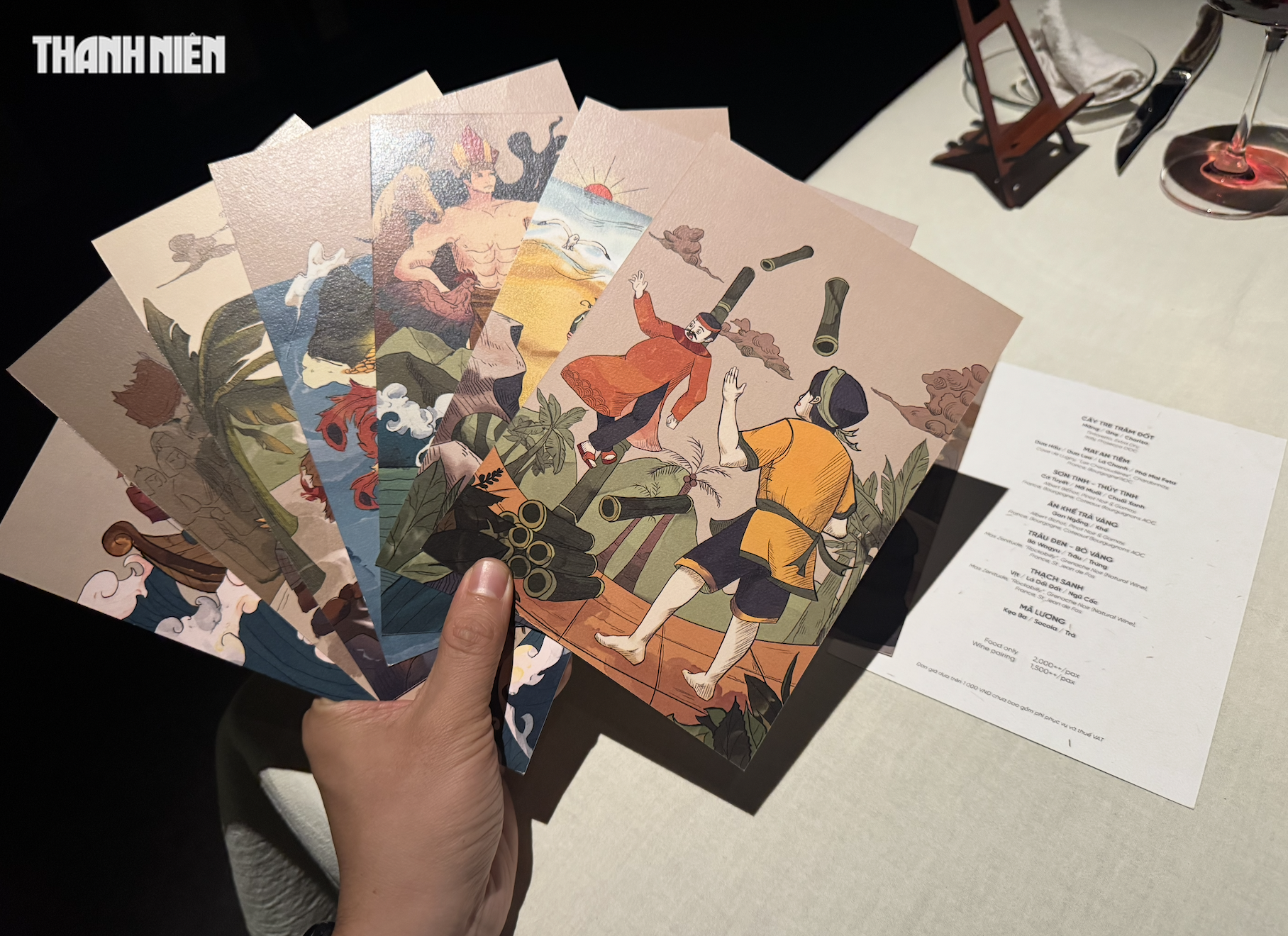
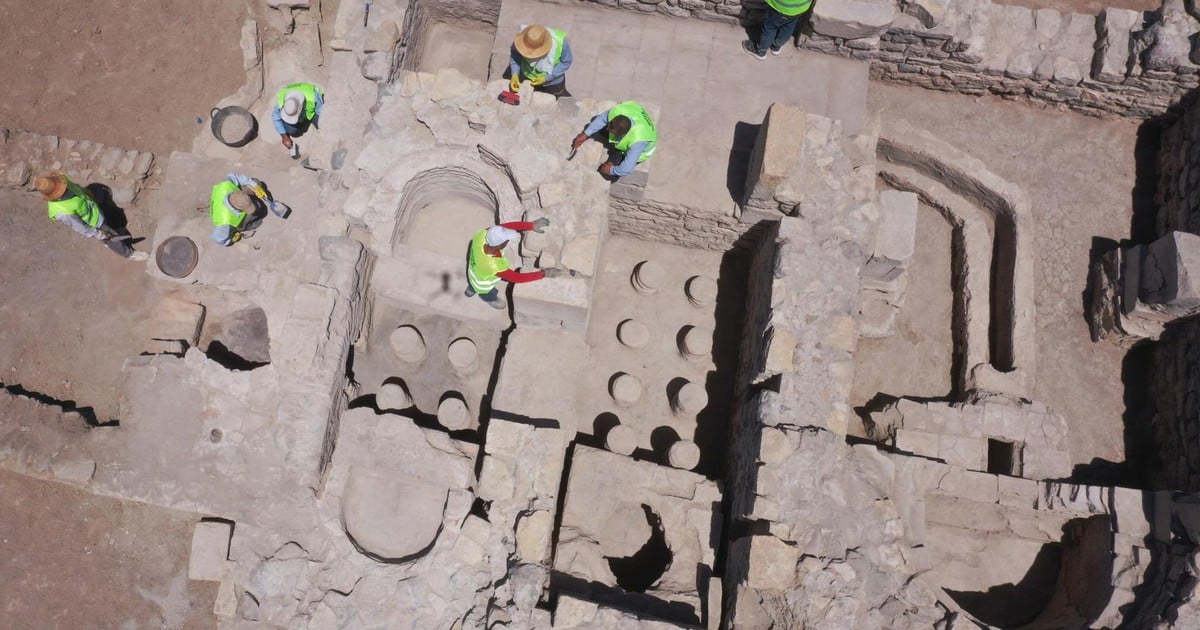
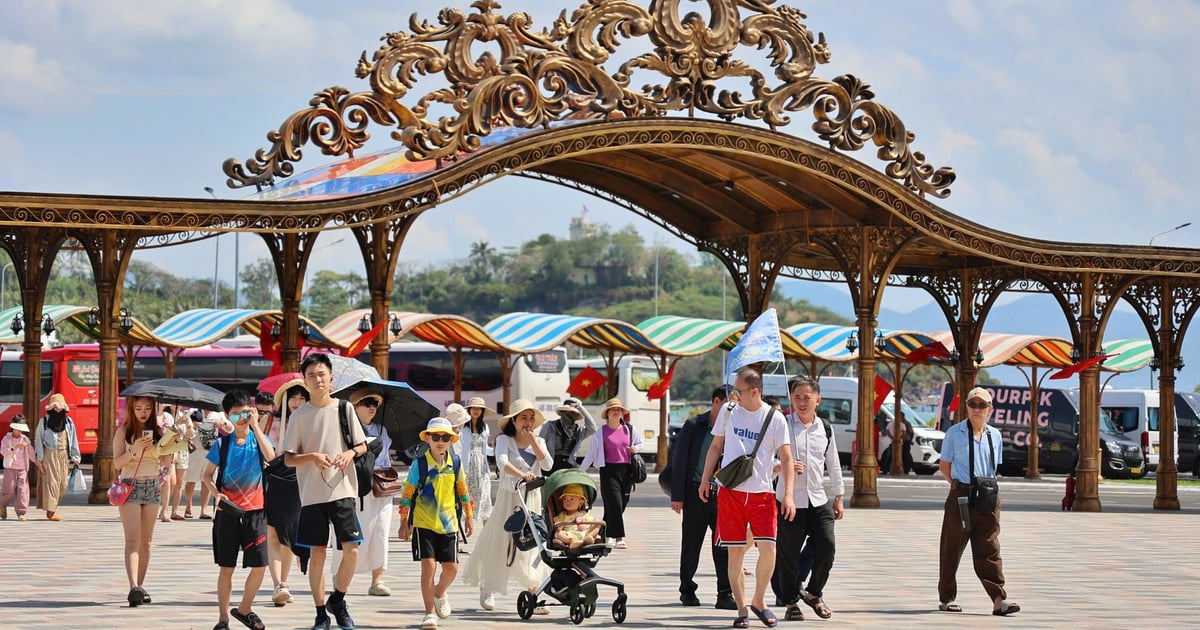


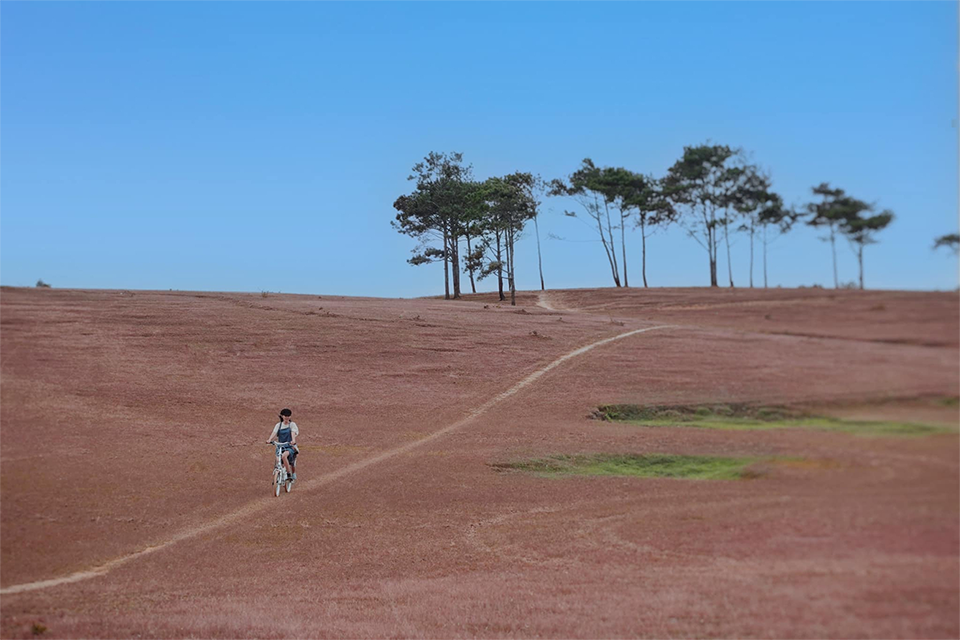




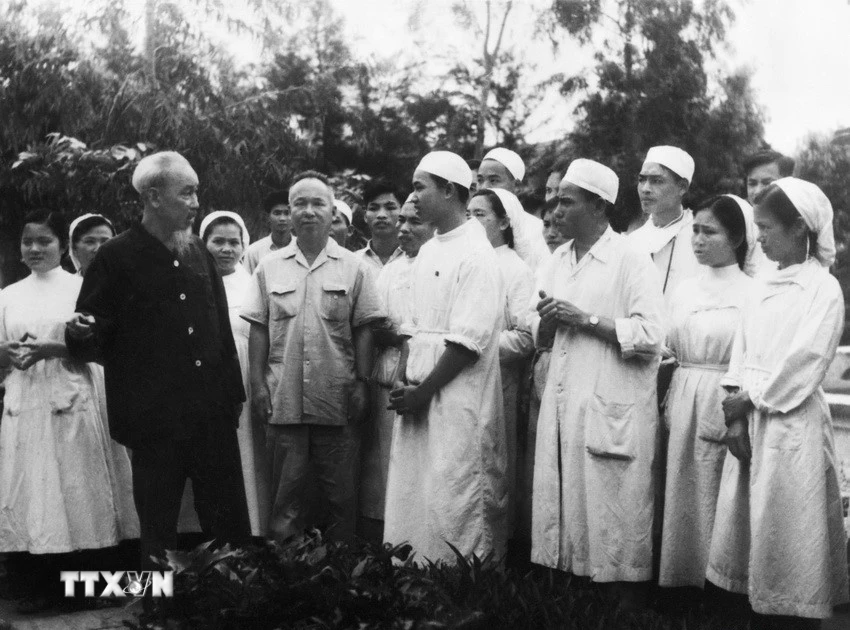
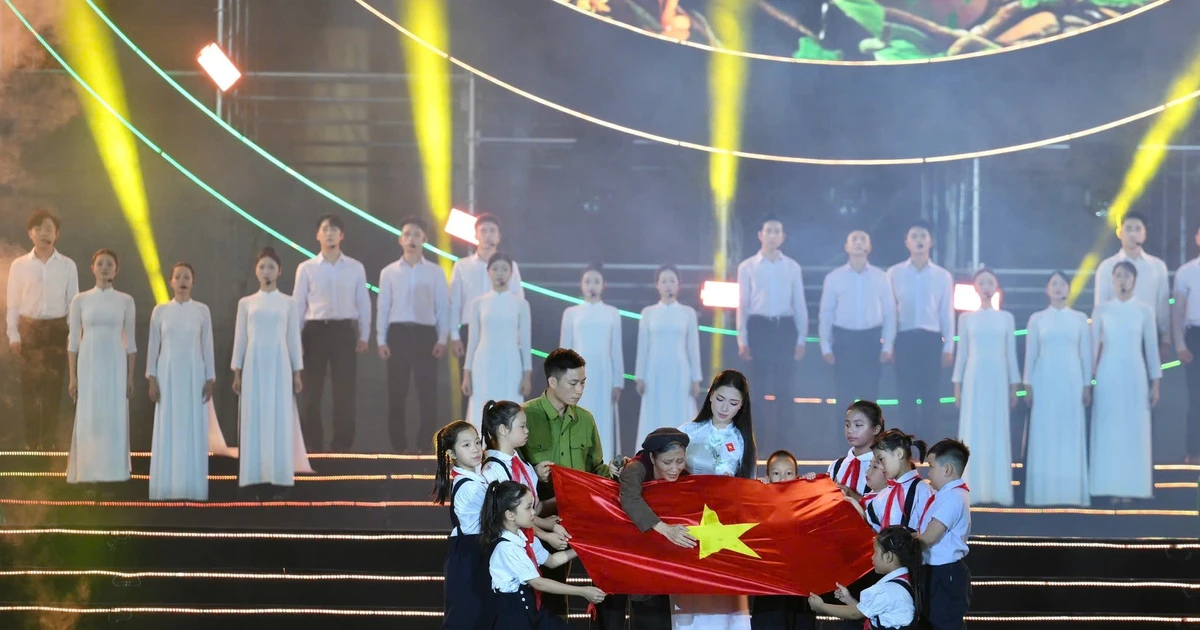

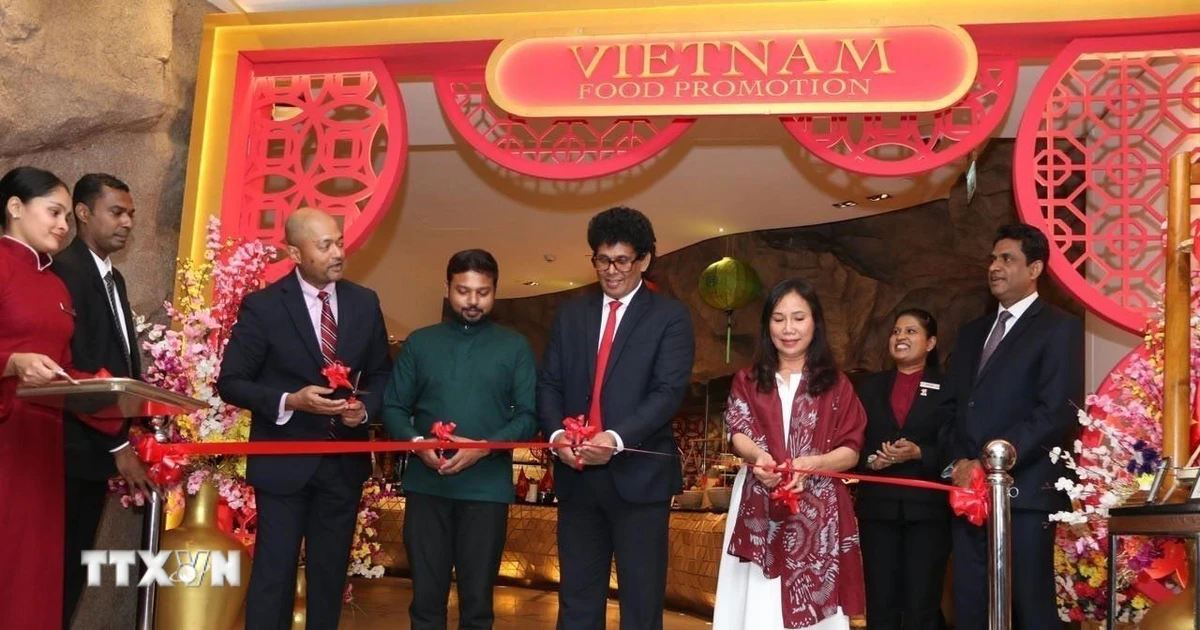
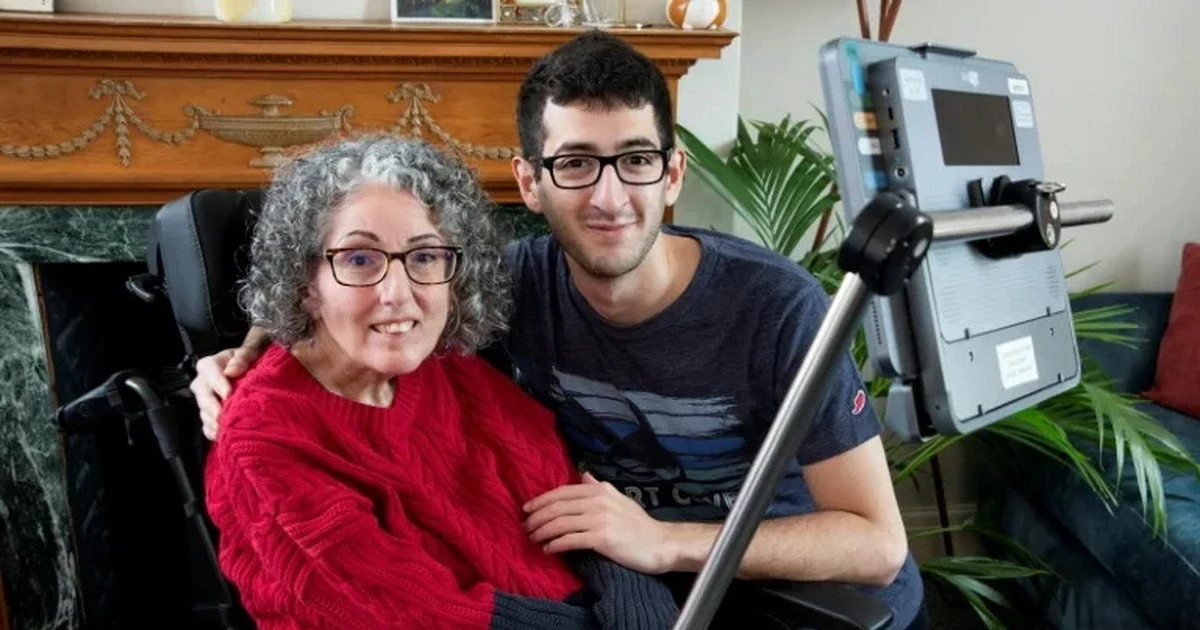





























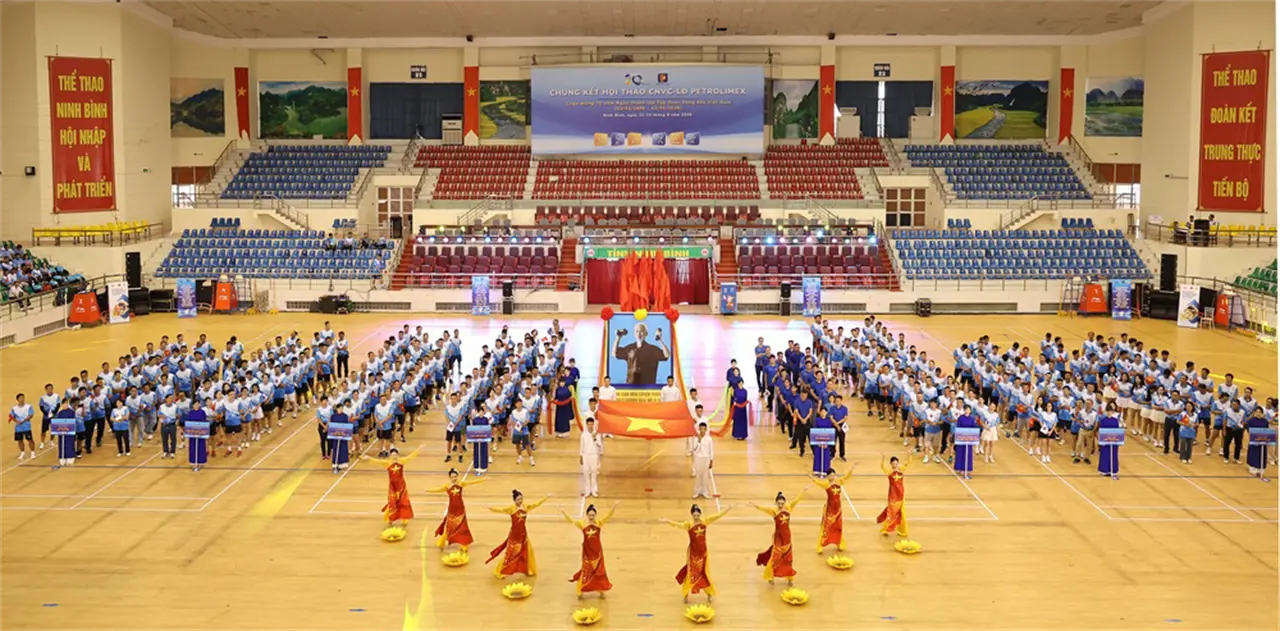



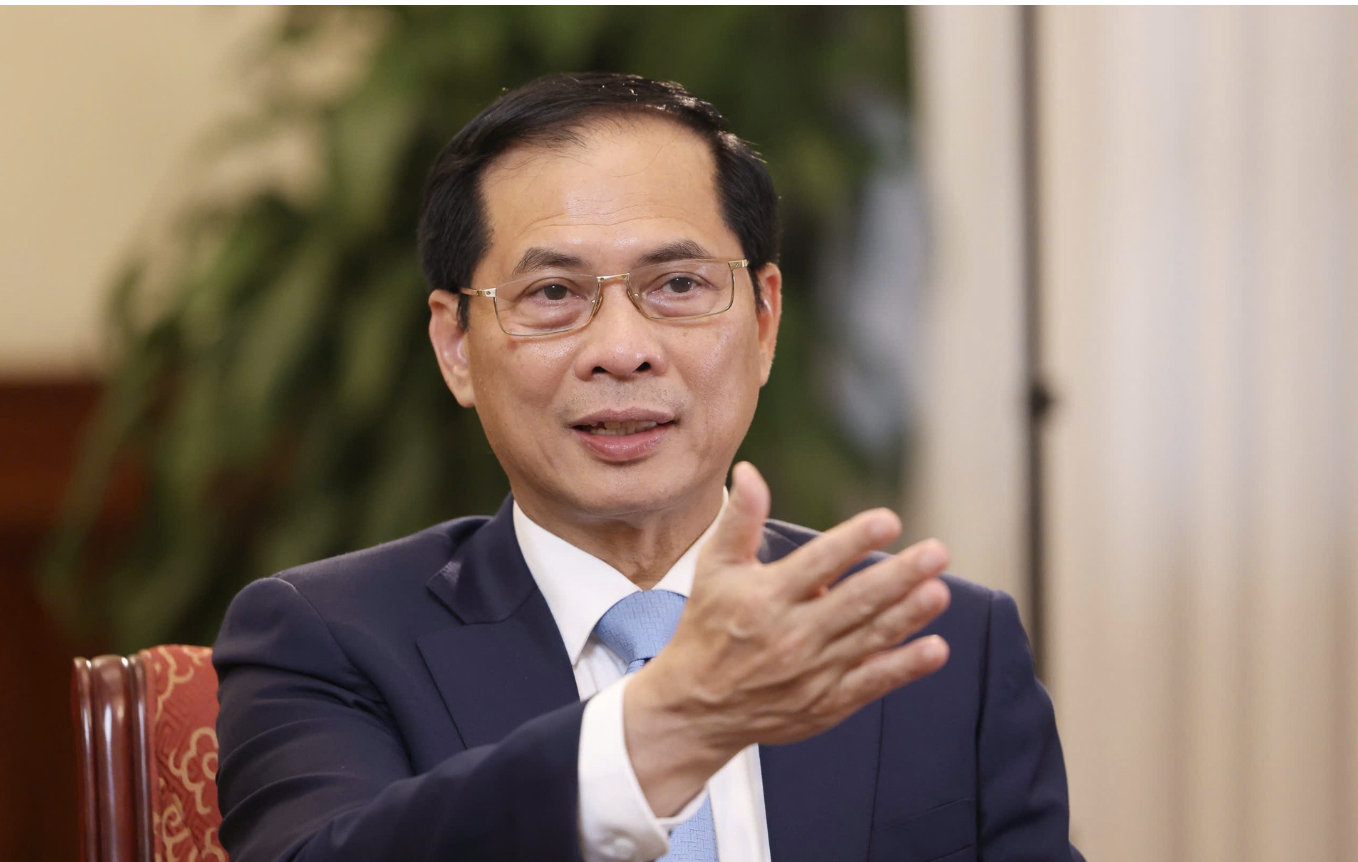

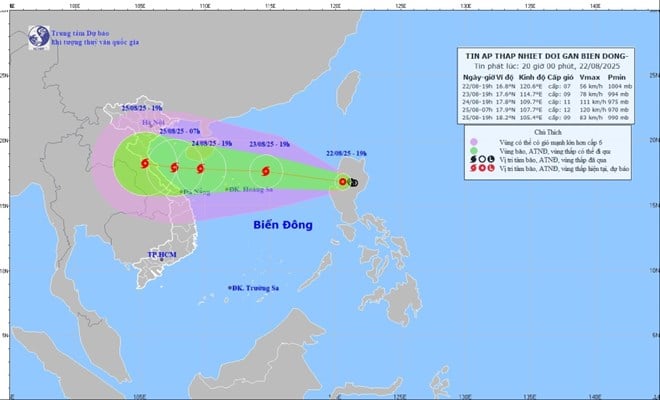

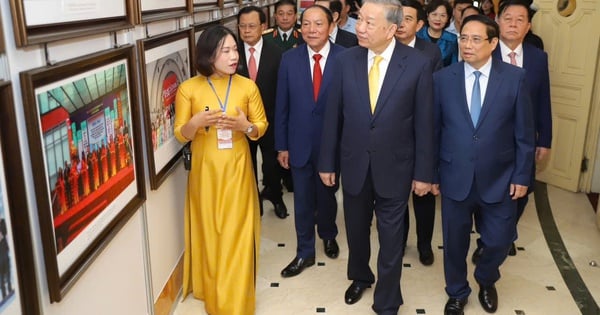

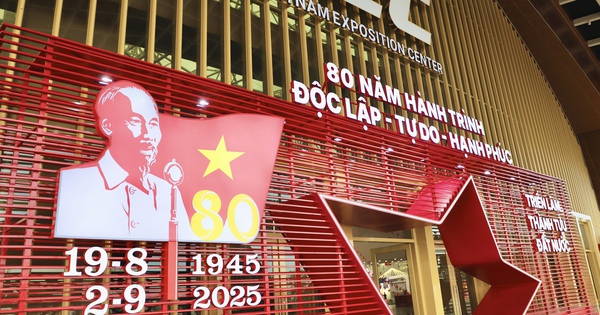



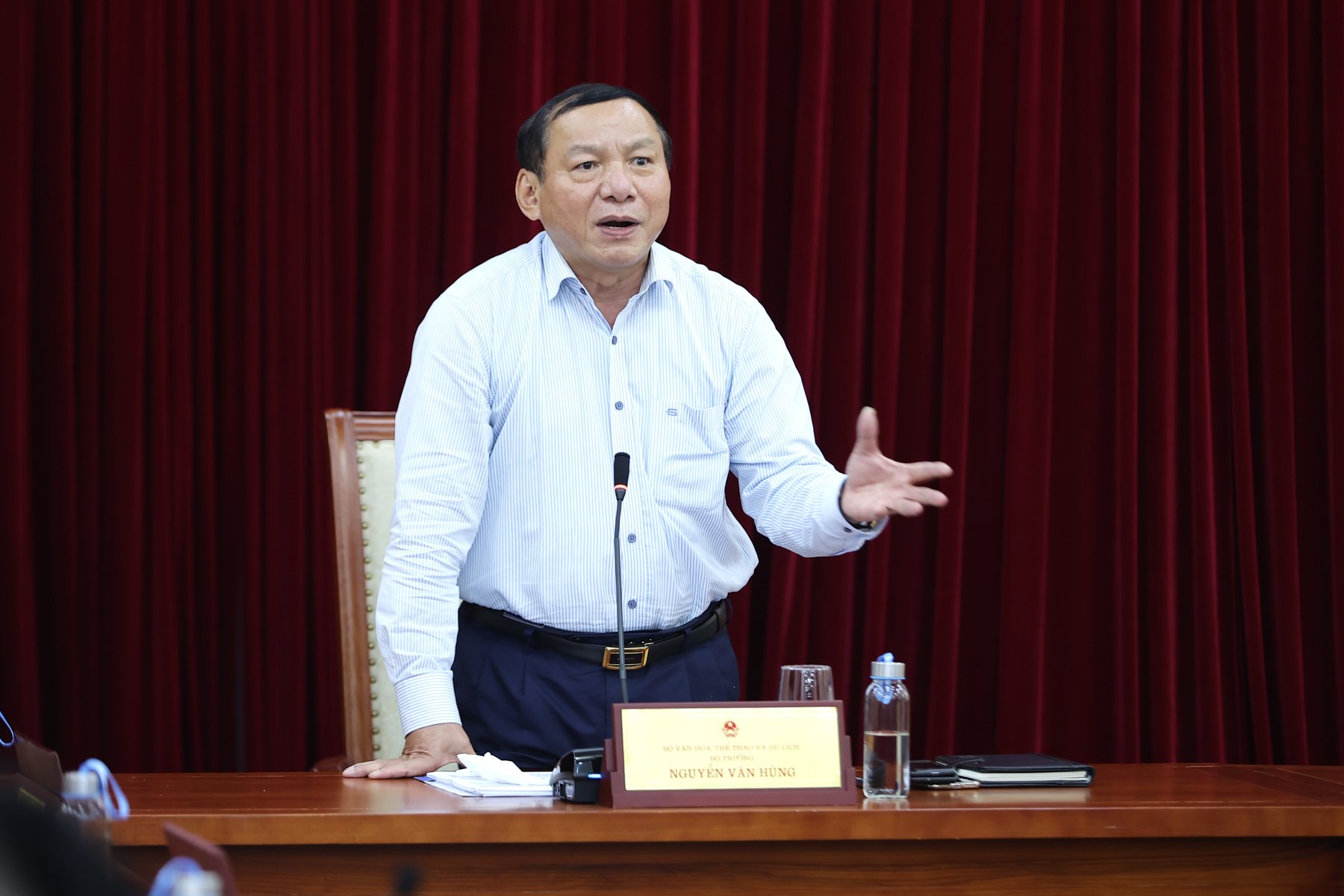
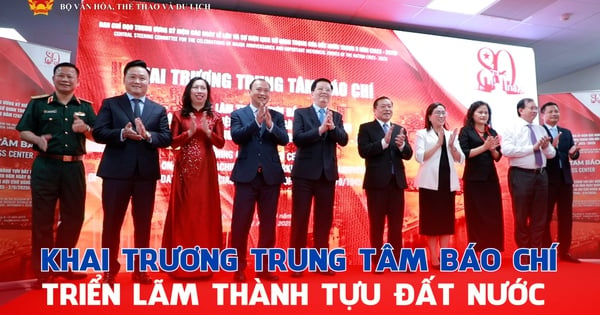
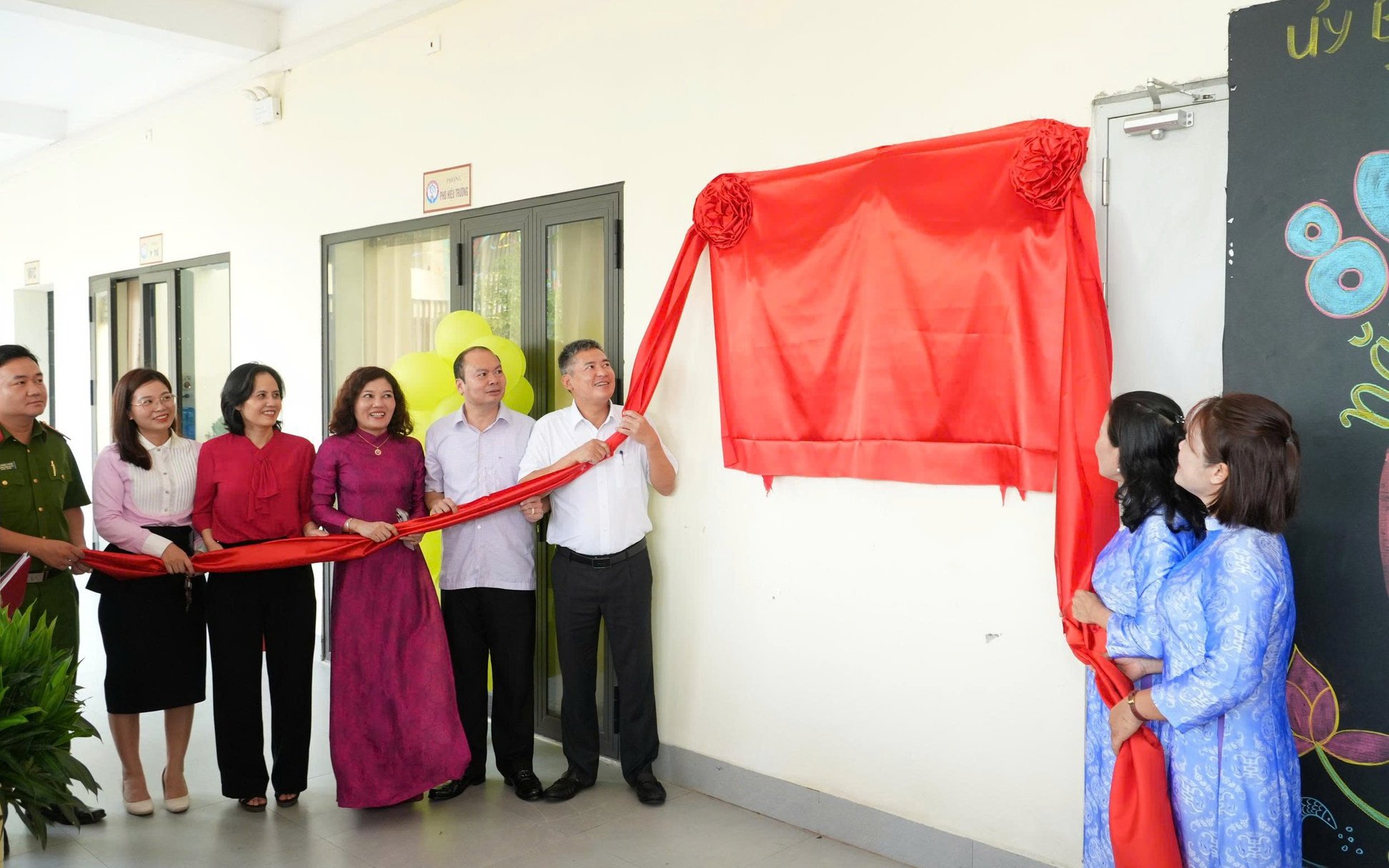
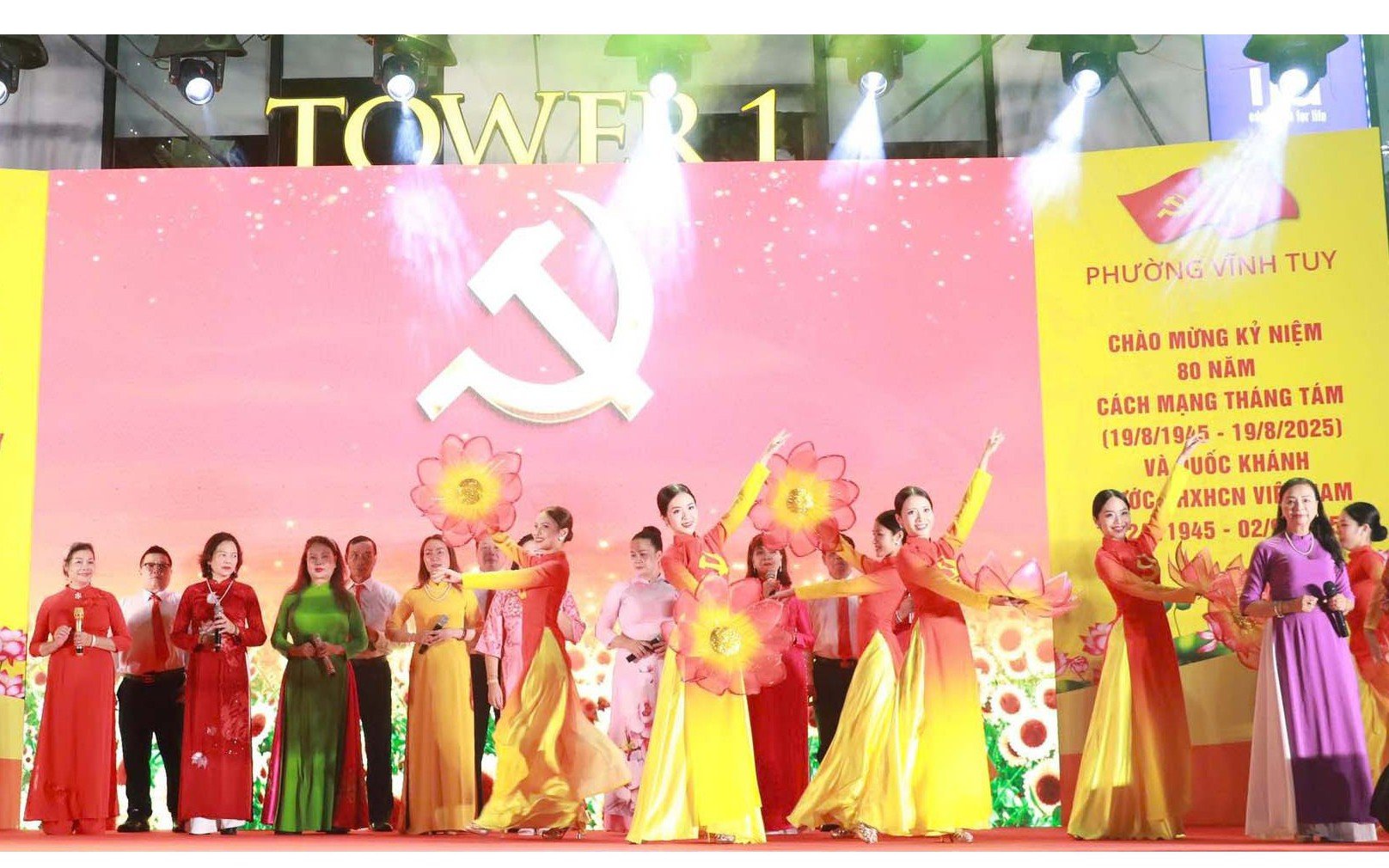
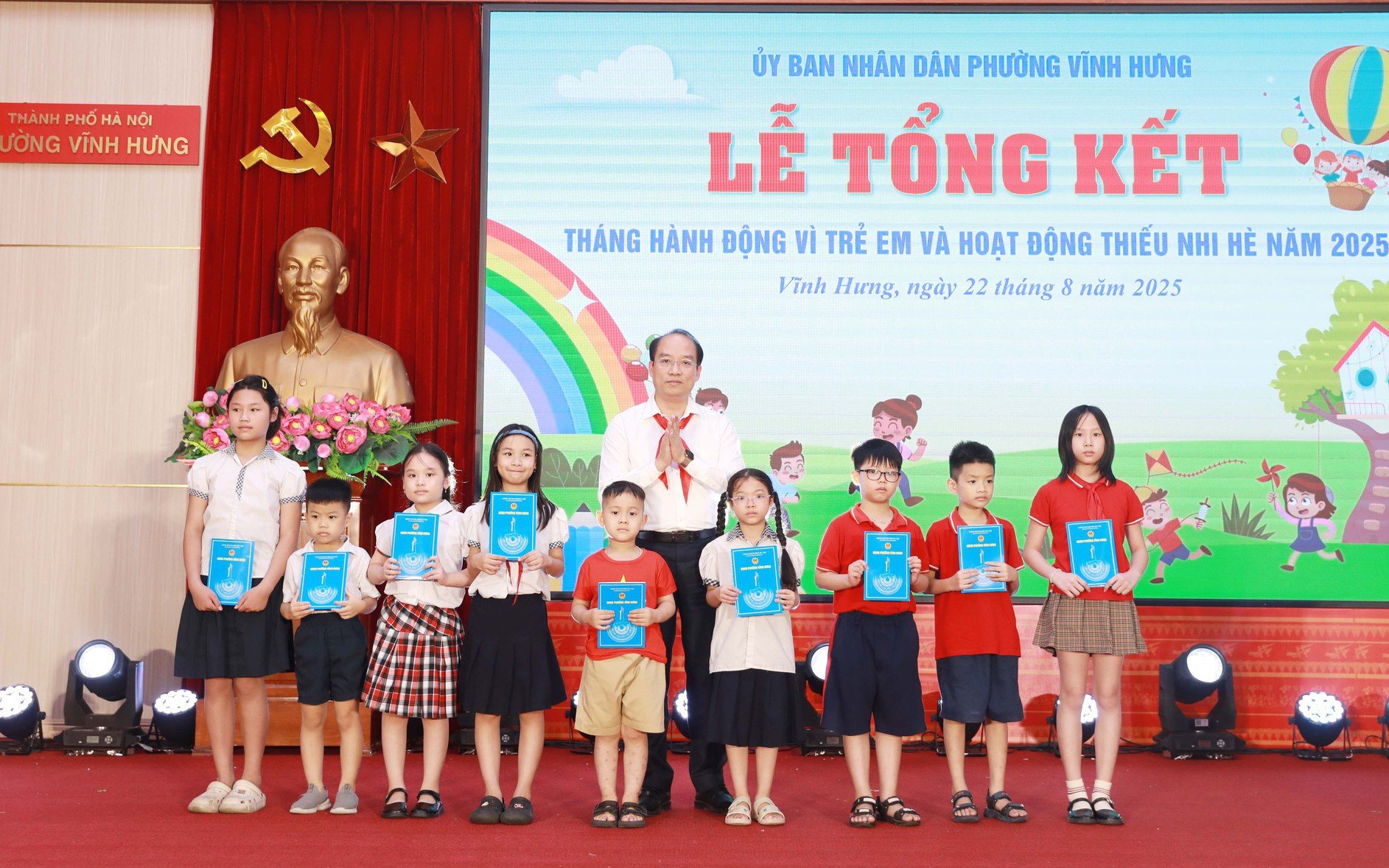
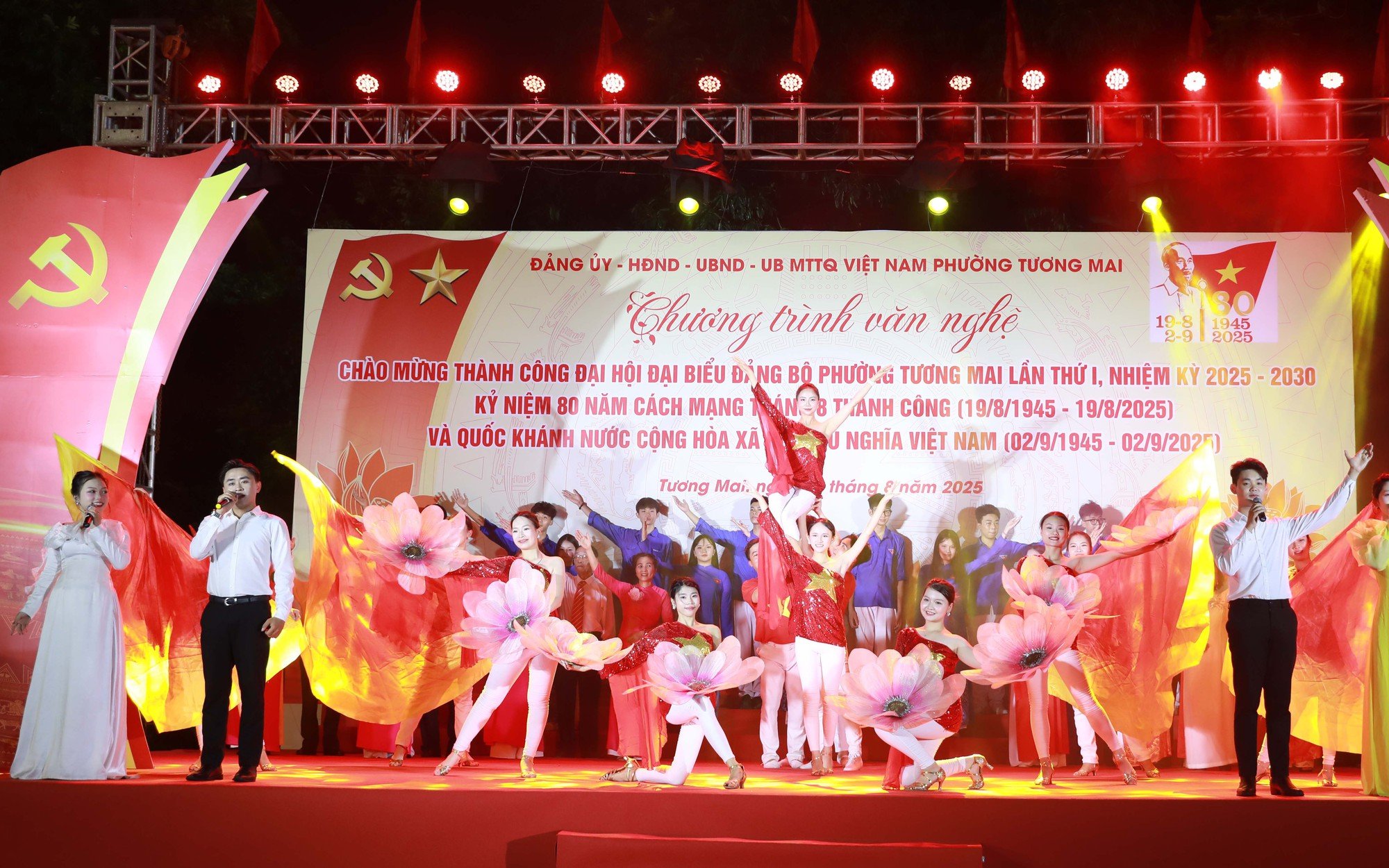
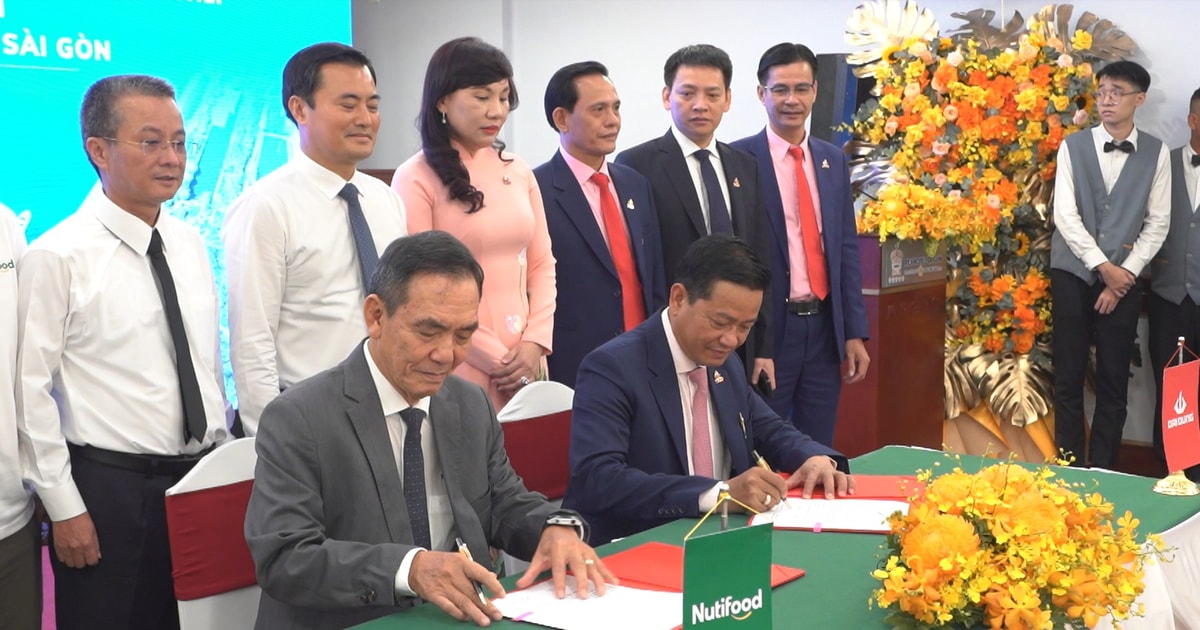



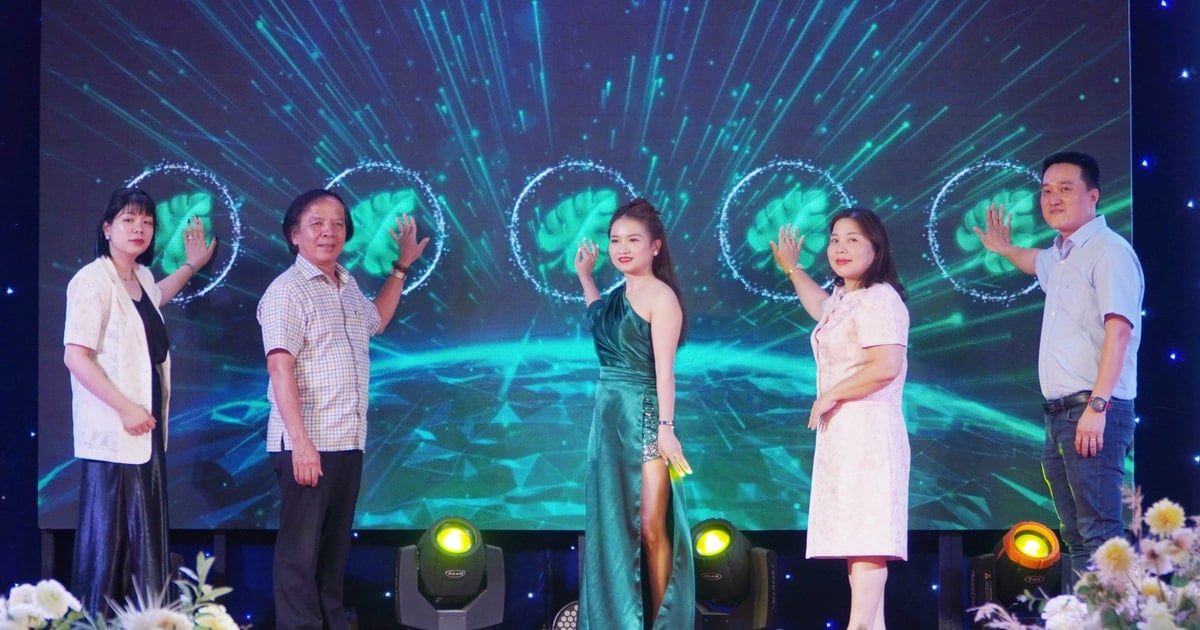












Comment (0)